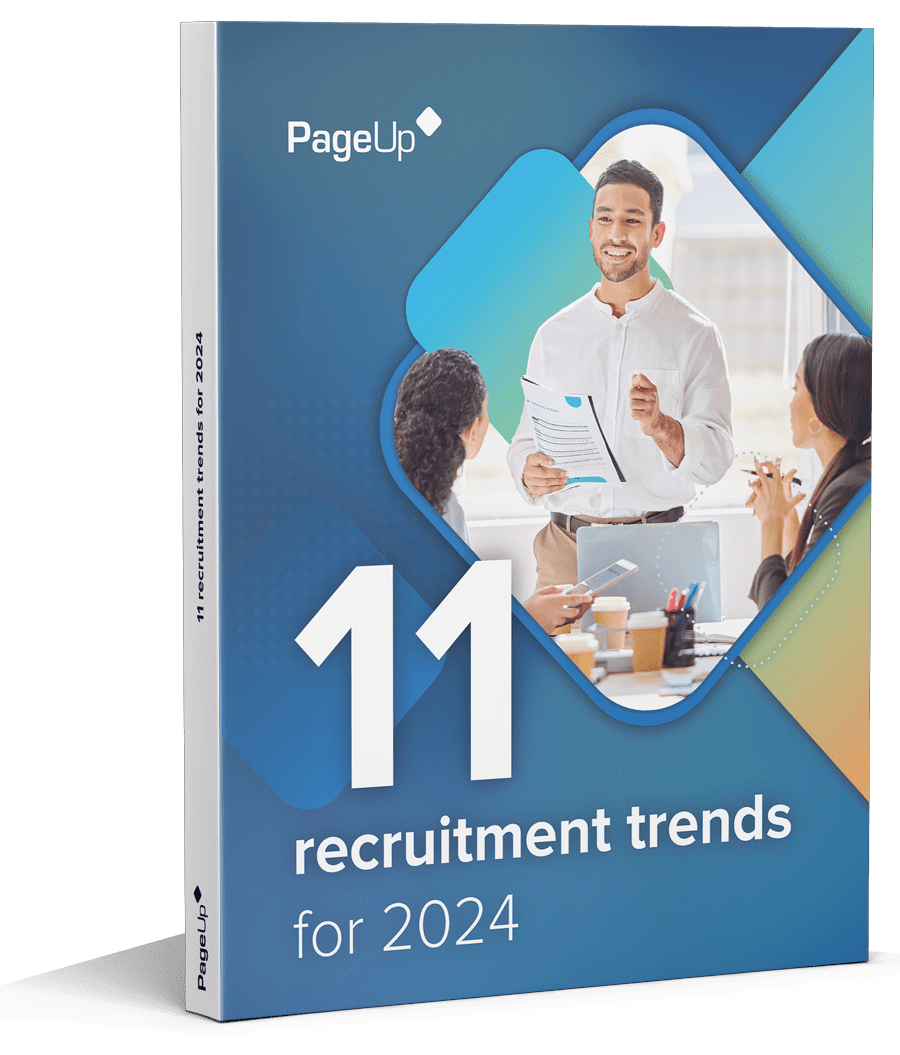Employers abandoning traditional performance reviews are not giving up on the idea of holding people to account – they are trying to get away from a technology-driven, once-a-year administrative nightmare.
Staffing company, Programmed, always did things a little differently, says Melissa Donald, General Manager of Group Human Resources.
“Even before it was trendy, we didn’t have overall ratings. We had coloured buttons that reflect how people had gone against each KPI and objective,” she says.
“And we don’t call it performance management, we call it ‘review and reflections’, where we have a discussion about what you think you did well, what you think you could do better, what we are going to do together in the new year and how we are going to help you build your career.”
Melissa says they use the PageUp system almost as a reminder of the conversations that need to be had. “We always encourage dialogue first, systems second. We don’t want to end up in a scenario where you’ve got an employee and a manager filling out a process without having a conversation.”
“I think it’s a framework for the dialogue.”
Make it Frequent and Regular
Conversation is also the priority at McKenzie Aged Care Group, where they have been changing the way they manage the performance of employees, who are mostly aged care workers and people who work in hotel services, such as maintenance, catering and laundry.
Executive General Manager of People at the Group, Penny Lovett, says the shift is away from heavy administration.
“What we were finding was that, for probably 95 percent of our employees, it was just an overwhelming administration process as opposed to what it was intended to be – a really healthy, engaging conversation about how they’re going, where they’re going, the contribution they’re making and recognising that contribution,” she says.
“We have shifted the focus away from the heavy administration, the burden of just getting through an annual or a six-monthly process, to one of having really regular meaningful conversations with the managers. That’s been a massive change, and we’ve had to really focus on making sure that managers are skilled to do that.”
Ensuring those conversations are not left as an annual “big bang” has also been a priority at the Singapore-based online grocer, RedMart.
RedMart’s Chief People Officer, Stephanie Nash, says the company does not have a system in place at the moment, but she is exploring technologies that might allow for more frequent discussions about performance and development throughout the year, without stifling innovation.
“It’s got to be agile, it’s got to be flexible,” she says.
Looking for Something More Nimble
Internet services provider, iiNet, uses a two-tier system of performance management. There is the traditional six-monthly review with personal goals for corporate staff and monthly reviews for the call centre workers.
The company’s Human Resources Manager, Allison Adams, says the frequency of the call centre reviews is because of the immediate feedback that is required if something needs to be corrected.
“In the call centre they have their weekly coaching. That’s how they get their feedback and the statistics really drive a lot of that.”
Media company, Seven West Media knows all about daily feedback, due to the nature of its business with daily television ratings and print media sales.
Its former Group Executive Director of Human Resources, Melanie Allibon, says the company has been looking at “rejigging” its annual, formal performance reviews with something more nimble and moving towards more agile and nimble ways of working. This is one of a raft of strategies to create a more flexible and innovative workforce.
“We’re recruiting people who are very change-agile. We’re recruiting people who are very creative. Then we’re balancing that by bringing in data analytics people who can put the analysis and insight around why things work,” she says.
In a previous company, Melanie saw what happens when the use of analytics becomes too dominant: “We lost a bit of the intuition. When you’re in an environment that’s all about creating and growing brands, you can’t stifle that.”
It’s a Balancing Act
Stephanie Nash of RedMart agrees that a combination of intuition and analytics is required:
“I think what we’ve done very well here is get that balance of intuition with strong data to back it up.”
Delivered effectively, performance management helps achieve this balance. On the flipside, performance measures that put too much emphasis on data can misrepresent individual contributions and stifle innovation.
How does performance management work in your company?
For tips to get more from your performance processes, download the Talent Lab eBook:
Cracking the Innovation Code: What is the Role of Human Capital?
Fresh insights for HR
Stay up to date with HR trends, tips and more when you sign up for our industry newsletter






